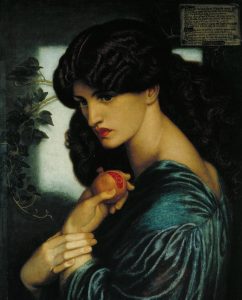Hugo Simberg (1874-1917), a Finnish symbolist painter, is renowned for his profound exploration of death and the afterlife in his artworks. His series of ‘Death’ Paintings delves into themes of mortality, spirituality and the passage of time. It is possible that his rural upbringing and spending time amongst the realities of nature meant that he was unafraid to tackle these theme is his art.
My personal favourite is The Garden of Death, above but I will definitely be devoting other blogs and possibly an episode to his other ‘Death’ paintings. As in the rest of the series, Death is not threatening here. He is pictured tending these souls in the form of plants and flowers, an open and compassionate gardener rather than a dark and foreboding presence, hidden in a cowl. We know that the painting is based on a historic belief that Death’s Garden is a holding place where souls go before they move on to heaven because it is one of the few paintings he left notes about. He was known for not revealing the meaning of his paintings and is even quoted as saying: “The painting itself gives the answer. Everyone has to find it for themselves”.
There is nothing controversial in my saying that these paintings evoke a sense of both fascination and contemplation regarding the mysteries of mortality and the afterlife, contrasting the vitality of life with the inevitability of death. Through his symbolic imagery and evocative compositions, he invites viewers to explore the complexities of existence and the transition between life and death. The gorgeous warm colours and use of naive painting techniques ironically bring the paintings to life.



